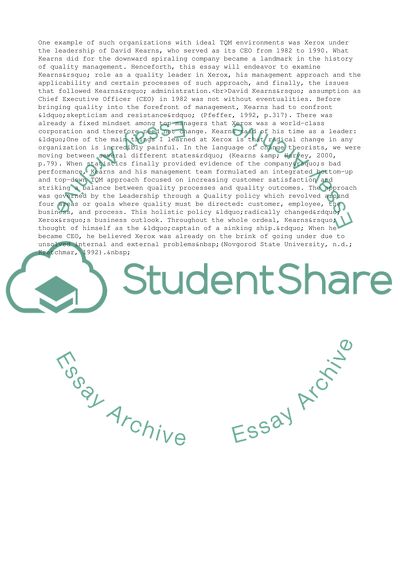Cite this document
(“The Concept of Total Quality Management Essay Example | Topics and Well Written Essays - 1500 words”, n.d.)
The Concept of Total Quality Management Essay Example | Topics and Well Written Essays - 1500 words. Retrieved from https://studentshare.org/management/1561602-total-quality-management-case-study-xerox
The Concept of Total Quality Management Essay Example | Topics and Well Written Essays - 1500 words. Retrieved from https://studentshare.org/management/1561602-total-quality-management-case-study-xerox
(The Concept of Total Quality Management Essay Example | Topics and Well Written Essays - 1500 Words)
The Concept of Total Quality Management Essay Example | Topics and Well Written Essays - 1500 Words. https://studentshare.org/management/1561602-total-quality-management-case-study-xerox.
The Concept of Total Quality Management Essay Example | Topics and Well Written Essays - 1500 Words. https://studentshare.org/management/1561602-total-quality-management-case-study-xerox.
“The Concept of Total Quality Management Essay Example | Topics and Well Written Essays - 1500 Words”, n.d. https://studentshare.org/management/1561602-total-quality-management-case-study-xerox.


